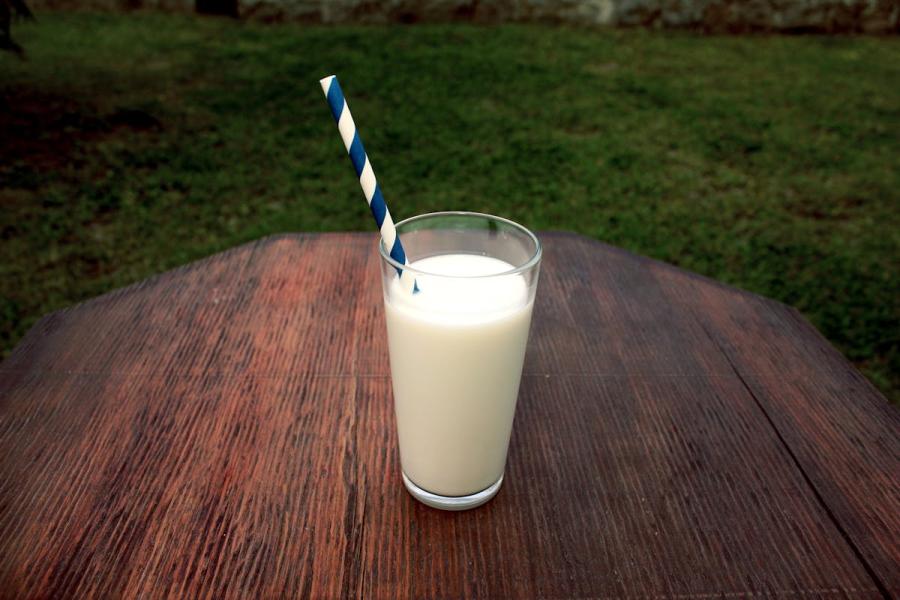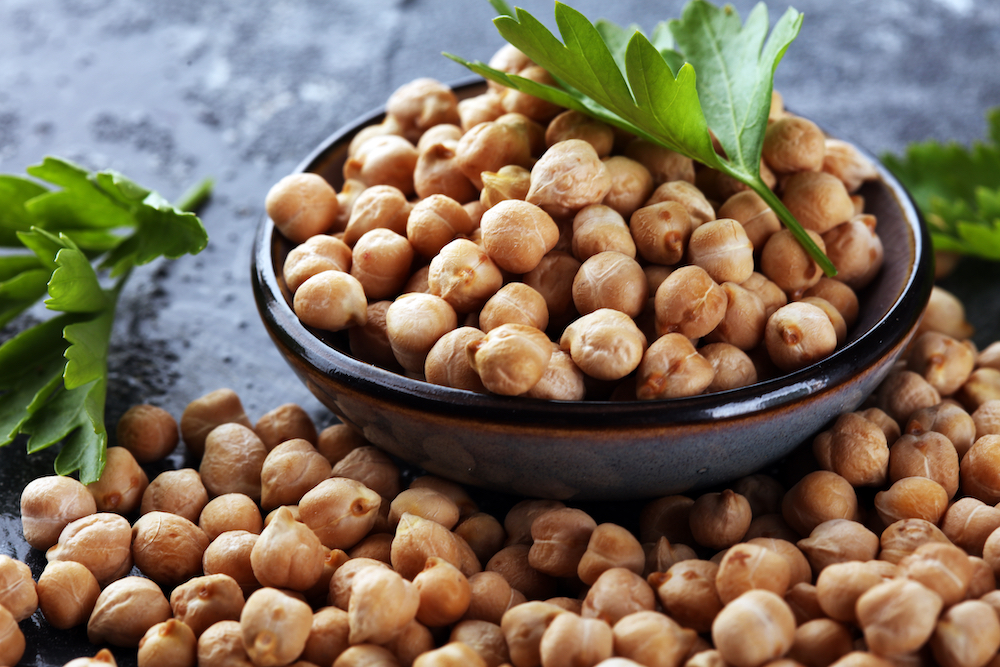A large Norwegian study, published in “The American Journal of Clinical Nutrition,” included 73,860 people with an average age of 41, who were followed by scientists for 33 years, recording 26,393 deaths, including 8,590 from cardiovascular diseases.
The analysis showed that the consumption of whole milk was associated with a higher risk of mortality compared to the consumption of skimmed or semi-skimmed milk, according to N1.
Which fat content is a safer choice for the heart?
The results are consistent with current recommendations from health institutions, which warn that most of the fat in milk and dairy products is saturated. Excessive intake contributes to increased LDL cholesterol, higher cardiovascular risk, and, indirectly, weight gain.
In practice, this means that choosing milk with a lower fat content can be a simple, everyday step in favor of heart health, especially for people who regularly consume milk and dairy products.
If you like milk in your coffee, oatmeal, or smoothies, switching to skimmed or semi-skimmed milk is probably the easiest change with measurable long-term benefits.
It is also important to look at the bigger picture: the total intake of saturated fats also comes from high-fat cheeses, butter, processed meats, and industrial pastries.
The texture and creaminess of semi-skimmed milk are a satisfying compromise for many, and the protein content remains practically the same as in whole milk.
If your goal is to further reduce your total saturated fat intake, skimmed milk offers the greatest effect with the smallest change in habits.






